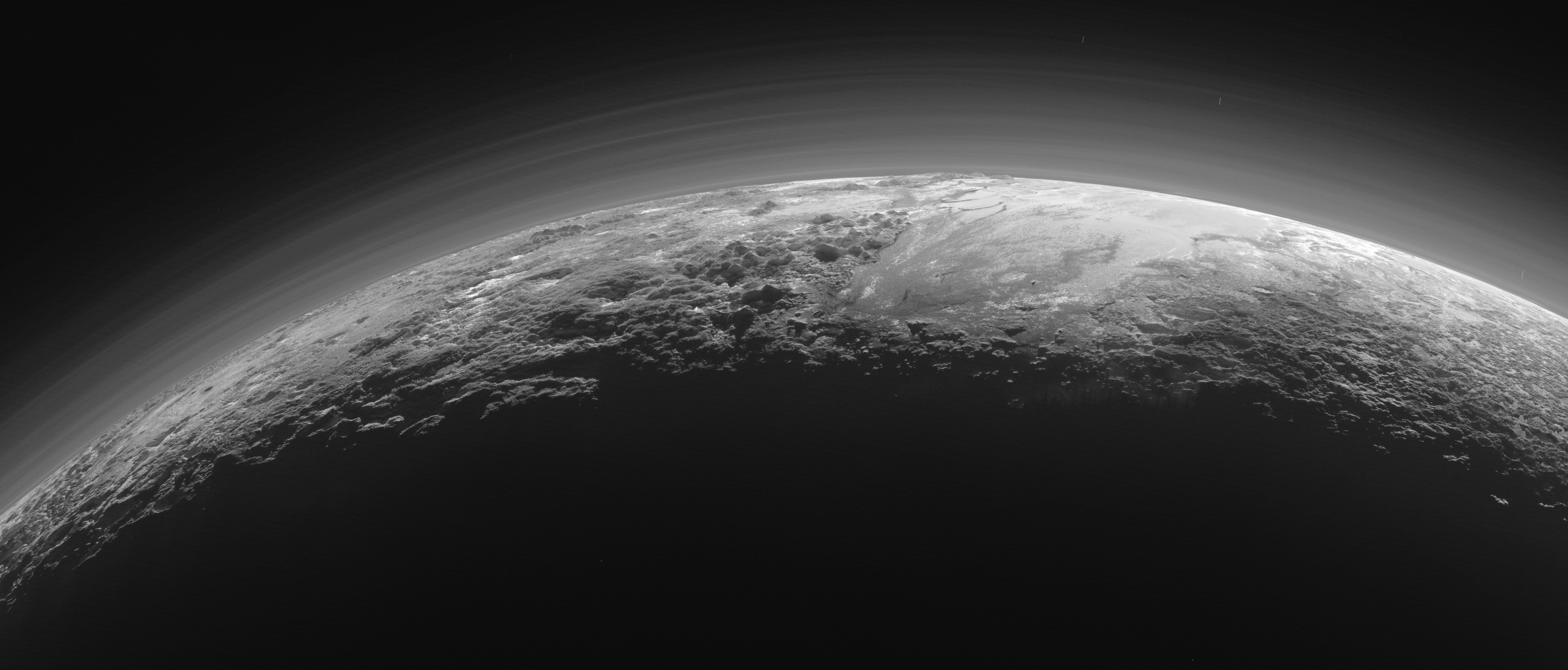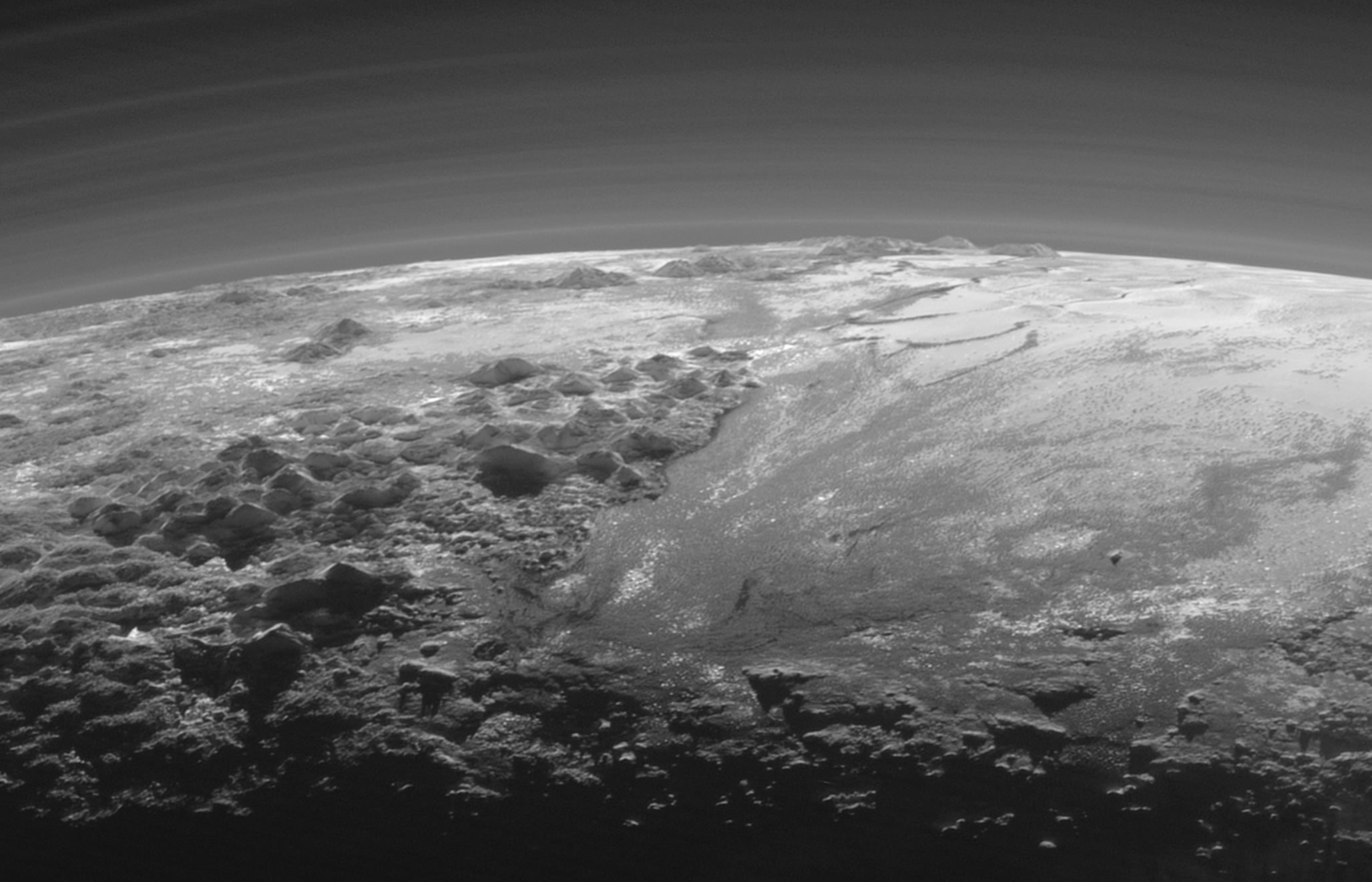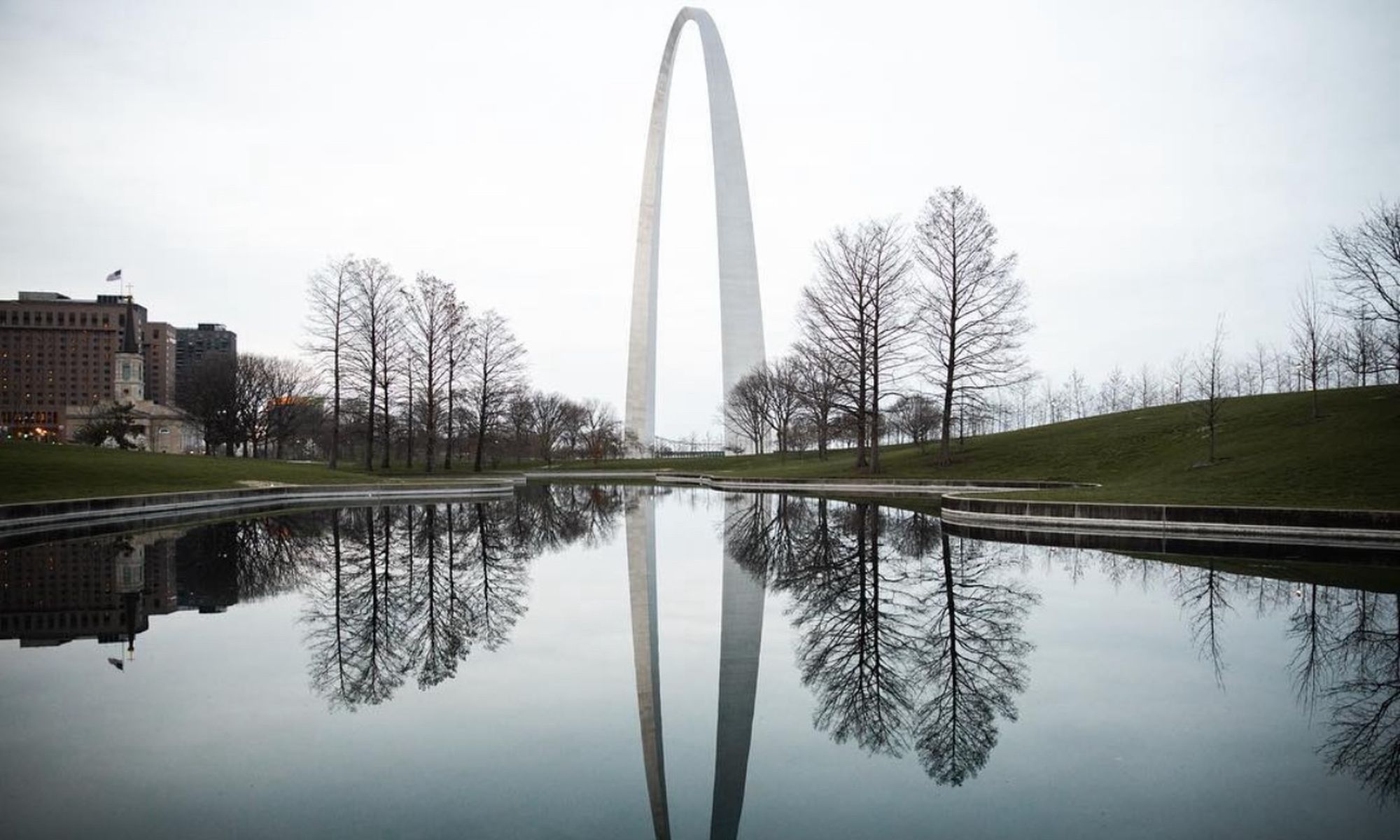A Moment of Zen
And Now, For Something Wondrous…

Just Because



Buried Treasure
The other day we made a run to our rented storage unit to leave stuff we can't have at the new domicile (mainly things we kept in the garage at the old place— because we no longer have a garage).
While there, I noticed a box that I knew contained the large framed portraits of the material great-grandparents; something that had hung over the sofa in our family's living room for as long as I can remember. After my mom's passing a decade and a half ago I acquired them with hopes of having them reframed and hung somewhere in my house. That never happened, so at some point there were thrown in that box along with a couple of my paintings and a rather graphic AIDS awareness poster from San Francisco…not touched again in the last decade. I elected to drag the box back to the house with us with the intention of giving them to my sister who I knew would appreciate having them far more than I (even without reframing) and find a place to display them in her home.
After she'd come by and picked them up, I was about to haul the box out to the trash, but it seemed heavy for just a box of it size. I reached down into the box and squealed. There was a roll of 18" x 24" architectural drawings at the bottom.
Carefully unrolling them on the coffee table, they brought out a curious mix of emotions. I remembered making each and every one of them, but I'd assumed that they were long gone; lost years ago during one move or another.
Once upon a time I knew how to draw by hand—without a computer—a complete set of plans to build a house, a testament to just how much skill and knowledge I've lost since abandoning the architectural profession. I knew how the framing went together, the thicknesses, heights, and widths of various building materials, as well as how a window or door were set and anchored into a wall and what kind of flashing and weatherstripping was required. I knew how to draw a wiring schematic, laying out switches, lights, and outlets. I knew how plumbing worked.
Although I'm sure all that knowledge is still locked away somewhere in the recesses of my mind, it's definitely in cold storage and even if I were to take up the profession again tomorrow, I seriously doubt I'd be able to hit the ground running. (Plus, technology has changed a bit since the 90s.)
I almost want to get the lot of the drawings digitized for easy access; I may have to look into that once things settle down here. (In the meantime however, I will post some photographs in the next few days as a teaser of what all I found at the bottom of that box. Stay tuned.)
For Scale
This is Amazing
I Would Love To See This
26 Seconds on Mars (With Sound!)
Vintage Audio Pr0n
Amazing!
In My Back Yard
Most—if not all—of these clips were filmed in and around Phoenix and southern Arizona.
[Via]
I've lived through more of these than I can even remember, but only once did I manage to be at the right place at the right time with my camera:

50 Years Ago Today

"The vast loneliness up here of the Moon is awe-inspiring, and it makes you realize just what you have back there on Earth. The Earth from here is a grand oasis to the big vastness of space." — Apollo 8 astronaut Jim Lovell
From NASA: Fifty years ago today, this iconic "Earthrise" photo was taken aboard Apollo 8 by Bill Anders. Before humanity ventured to the Moon, our view of our home planet consisted of what we could see from horizon to horizon. It was not until this stunning photo (along with many others) came back to Earth with the three Apollo 8 astronauts in December 1968 that we saw Earth as a vibrant, delicate, blue and white globe framed by the velvety blackness of space. This iconic picture shows Earth peeking out from beyond the lunar surface as the first crewed spacecraft circumnavigated the Moon.
Live Art






Cassini Approaches Saturn
Someday human eyes will see this directly. Not in our lifetimes, but someday. Until that time we'll have to make due with seeing through the cameras of our robotic emissaries.
This Will Make You Smile
From Above
























Eerily Majestic
We share this planet with some truly amazing creatures.
Pretty Damn Cool
OH. MY. GOD.
I knew there had to be treasure vaults like this scattered across the globe, but never believed in a thousand years I'd actually see one. Too bad the stuff has all been sold. That guy is probably a very wealthy man now.
Beautiful.
I want more.
Undisturbed Places
Vessels – 4am
Mezmerizing
There Are Good People in the World
Sometimes we lose sight of that.
Sometimes You Don't Need to Leave Earth…
…to go to another planet.





Discovered on one of my internet wanderings this morning, Panjin Red Beach is located in the north east of Beijing and is appropriately called this due to the seaweed which turns to a bright red colour in autumn. It has become known as the "Home of the Cranes" and is the home to 260 different types of birds, including the endangered Crown Canes and Blacak Beaked Gulls, and 399 different types of wild animals.





And the Hits Keep on Coming!
NASA's New Horizons spacecraft has returned the best color and the highest resolution images yet of Pluto's largest moon, Charon—and these pictures show a surprisingly complex and violent history.

At half the diameter of Pluto, Charon is the largest satellite relative to its planet in the solar system. Many New Horizons scientists expected Charon to be a monotonous, crater-battered world; instead, they're finding a landscape covered with mountains, canyons, landslides, surface-color variations and more.
"We thought the probability of seeing such interesting features on this satellite of a world at the far edge of our solar system was low," said Ross Beyer, an affiliate of the New Horizons Geology, Geophysics and Imaging (GGI) team from the SETI Institute and NASA Ames Research Center in Mountain View, California, "but I couldn't be more delighted with what we see."

This composite of enhanced color images of Pluto (lower right) and Charon (upper left), was taken by NASA's New Horizons spacecraft as it passed through the Pluto system on July 14, 2015. This image highlights the striking differences between Pluto and Charon. The color and brightness of both Pluto and Charon have been processed identically to allow direct comparison of their surface properties, and to highlight the similarity between Charon's polar red terrain and Pluto's equatorial red terrain. Pluto and Charon are shown with approximately correct relative sizes, but their true separation is not to scale. The image combines blue, red and infrared images taken by the spacecraft's Ralph/Multispectral Visual Imaging Camera (MVIC). Credits: NASA/JHUAPL/SwRI
High-resolution images of the Pluto-facing hemisphere of Charon, taken by New Horizons as the spacecraft sped through the Pluto system on July 14 and transmitted to Earth on Sept. 21, reveal details of a belt of fractures and canyons just north of the moon's equator. This great canyon system stretches more than 1,000 miles (1,600 kilometers) across the entire face of Charon and likely around onto Charon's far side. Four times as long as the Grand Canyon, and twice as deep in places, these faults and canyons indicate a titanic geological upheaval in Charon's past.
"It looks like the entire crust of Charon has been split open," said John Spencer, deputy lead for GGI at the Southwest Research Institute in Boulder, Colorado. "With respect to its size relative to Charon, this feature is much like the vast Valles Marineris canyon system on Mars."
Even higher-resolution Charon images and composition data are still to come as New Horizons transmits data, stored on its digital recorders, over the next year – and as that happens, "I predict Charon's story will become even more amazing!" said mission Project Scientist Hal Weaver, of the Johns Hopkins University Applied Physics Laboratory in Laurel, Maryland.
The New Horizons spacecraft is currently 3.1 billion miles (5 billion kilometers) from Earth, with all systems healthy and operating normally.
New Horizons is part of NASA's New Frontiers Program, managed by the agency's Marshall Space Flight Center in Huntsville, Alabama. APL designed, built, and operates the New Horizons spacecraft and manages the mission for NASA's Science Mission Directorate. SwRI leads the science mission, payload operations, and encounter science planning.
OH EM GEE
The really good pictures of Pluto from NASA's New Horizons probe are starting to trickle in, and they are fucking breathtaking.


 " alt="" />
" alt="" />



Mythopolis
Mythopolis from Alexandra Hetmerova on Vimeo.











